Coffee bean varieties Daquan ancient coffee varieties iron pickup and bourbon derived coffee varieties
With the development of boutique coffee industry, more and more varieties of coffee have been developed. Many coffee varieties are inseparable from the two oldest coffee varieties-bourbon and iron pickup. This time Qianjie will talk about the famous varieties bred by bourbon and tin pickup, and see what advantages and flavors each variety has.
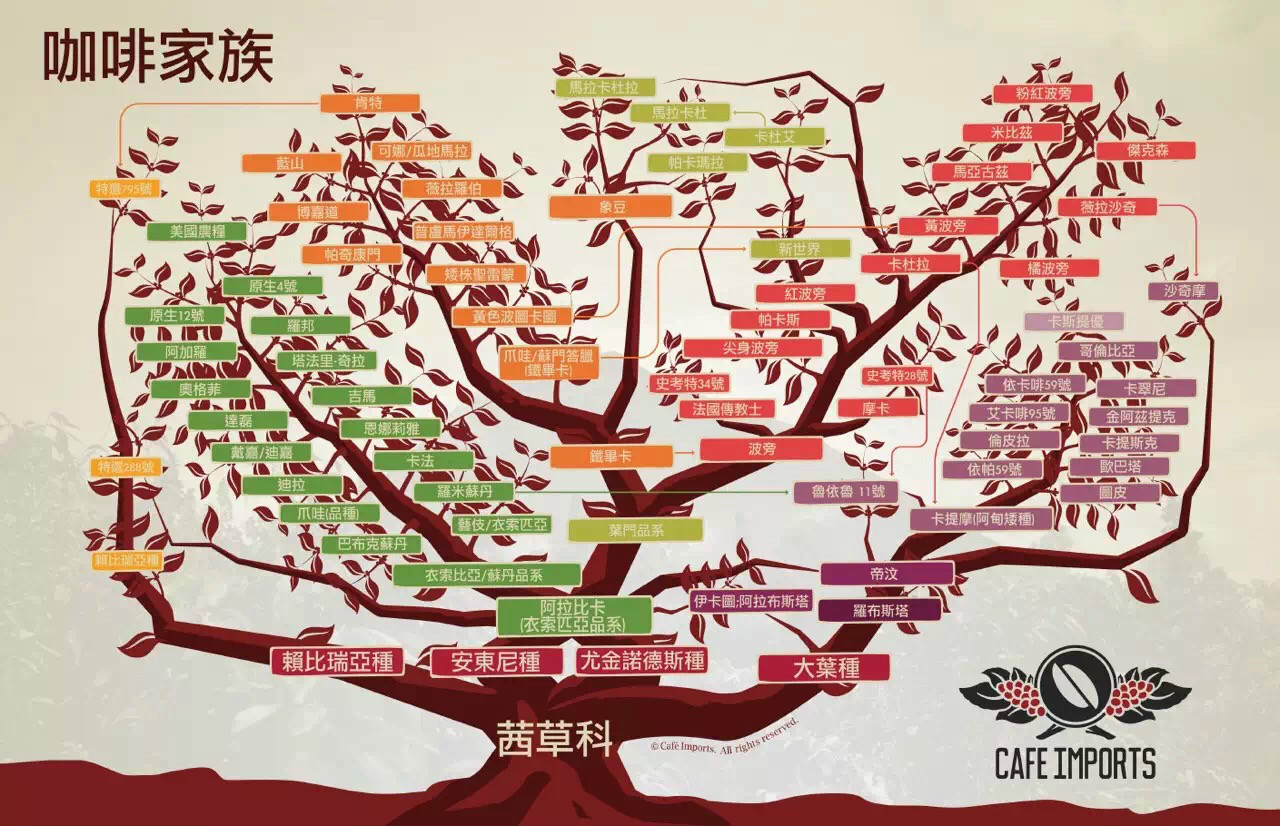
Iron pickup (Typica)
Typica is a subvariety of Arabica coffee, which was originally grown in Martinique, Central America, Jamaica, Kona region of Hawaii, Papua New Guinea and East Timor are the main coffee growing places of Tibica. In order to obtain more coffee production from high-quality Typica, Typica coffee varieties usually cross-breed with other species. Typica coffee is famous for its sweetness, and some of the best coffee in the world comes from the Typica coffee range, including Blue Mountain, Sumatra and Kona.
Ypica has distinct characteristics, and it may be the most easily identified species. These plants are conical, with main vertical trunks up to 5 meters high. This height means that the distance between branches and nodes on the same branch of Typica is longer than that of other varieties. The lateral branches form an angle of 50 to 80 °with the vertical trunk. The trunks and branches are not very strong, the leaves, fruits and beans are usually slender, the bud tips of the young leaves are bronze, and Typica has a smoother leaf surface and fewer wavy boundaries than other Arabica varieties. The typical Typica fruit is bright red when it ripens.
Typica parietal leaf is bronzed is one of the characteristics, beans are large, pointed oval or thin, some people call it "red top coffee". Typica coffee has its unique quiet and clean flavor, as well as balanced features, high cleanliness, but the only drawback is insufficient production, altitude requirements, and easy to infect leaf rust, and the resistance to diseases and insect pests is not strong.
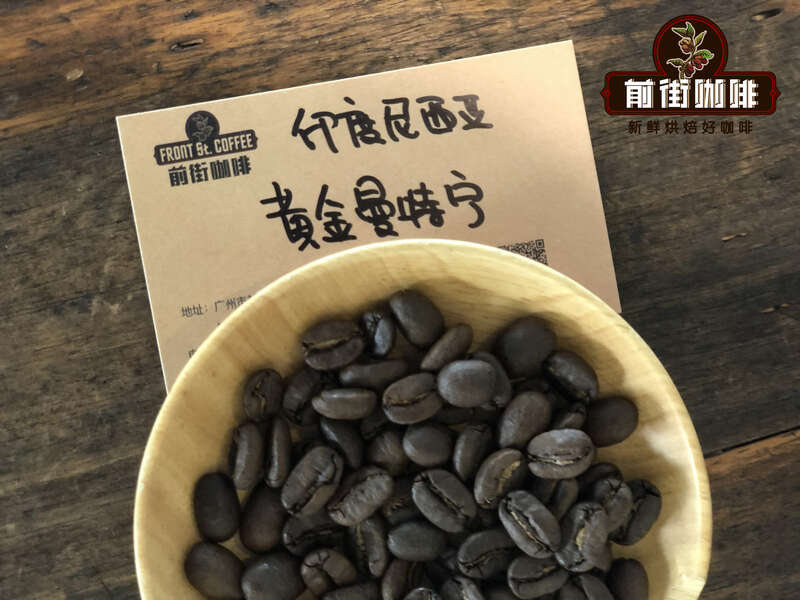
Representative Coffee-Qianjie Coffee Indonesia Gold Manning Coffee Bean
Origin: Sumatra, Indonesia
Altitude: 1200-1500m
Treatment method: wet planing method
Variety: iron pickup
Brewing flavor: changeable, clean, balanced, long-lasting caramel sweetness.
A famous variety of coffee derived from iron pickup.
Blue Mountain Iron pickup (Blue Mountain): in the 1820s, it was transplanted from Martinique to Blue Mountain, Jamaica. After more than 200 years, Blue Mountain Iron pickup has evolved better disease resistance, especially better resistance to rotten fruit disease than ordinary iron pickups. However, the Blue Mountain Ironhide Card cannot replicate its sweet and fragrant characteristics when it steps out of Jamaica.
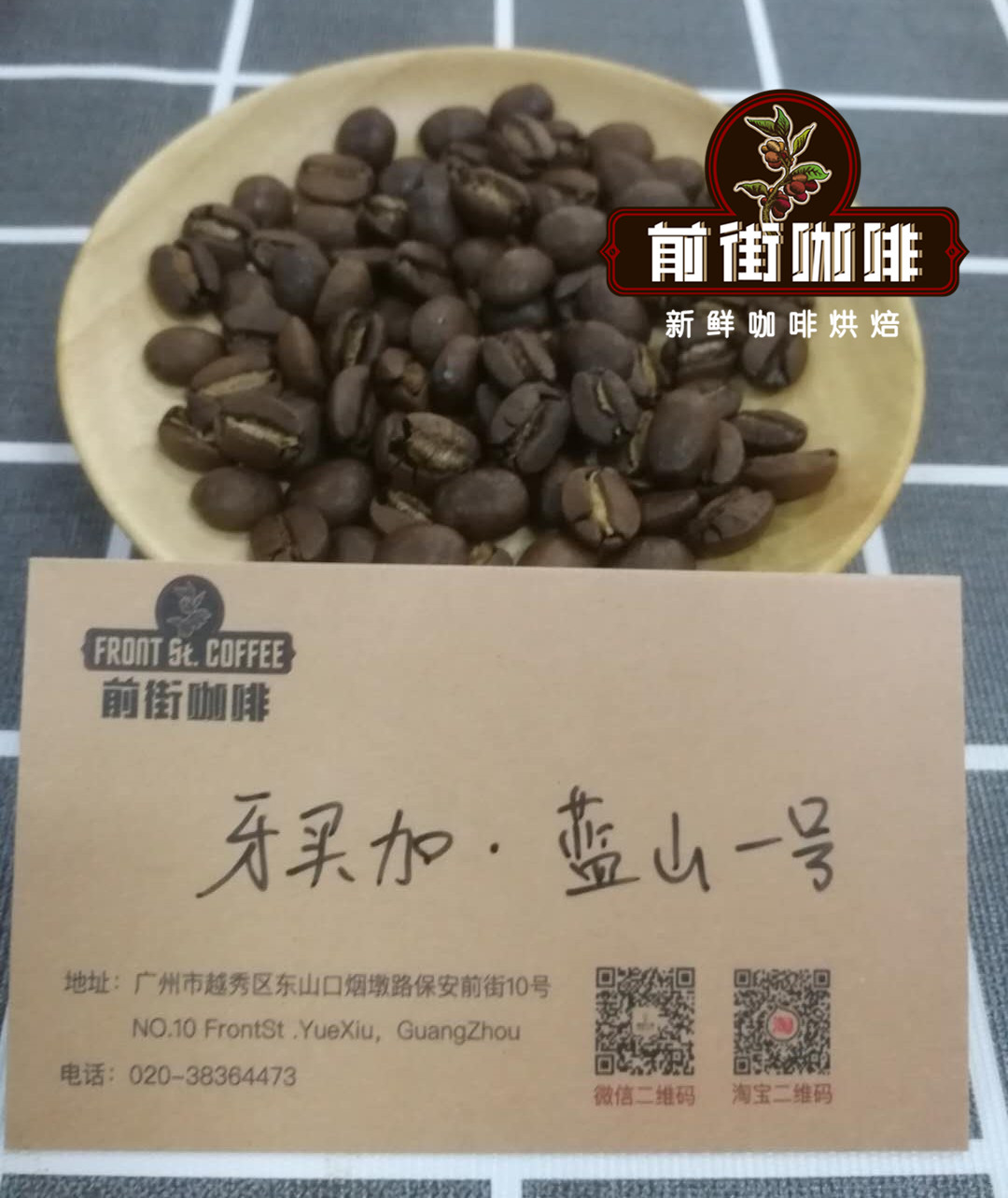
Representative Coffee-Front Street Coffee Jamaica Blue Mountain Coffee
Producing area: the Blue Mountains of Jamaica
Manor: Clifton Farm
Altitude: 1310m
Variety: iron pickup
Treatment: washing treatment
Cooking flavor: dark chocolate, nutty flavor, creamy smooth taste, sweet and sour balance.
Kona, Hawaii: seeds considered the ancestor of American coffee were planted in Hawaii by Brazil in 1825; one of the most famous and traditional Hawaiian coffee is grown on Kona Island on the southwest coast. The only coffee produced in the United States, the volcanic soil of the Kona coast gives birth to this fragrant, mellow coffee. Kona has a slight wine aroma in its moderate acidity, with a very rich palate and irresistible aromas. Planted at an altitude of several hundred meters, but from the big island of Hawaii, Kona, with a mild sea breeze and fertile volcanic soil, has an incomparably clean acidity and sweetness. Compared with the blue mountains with higher elevations, it is even worse.
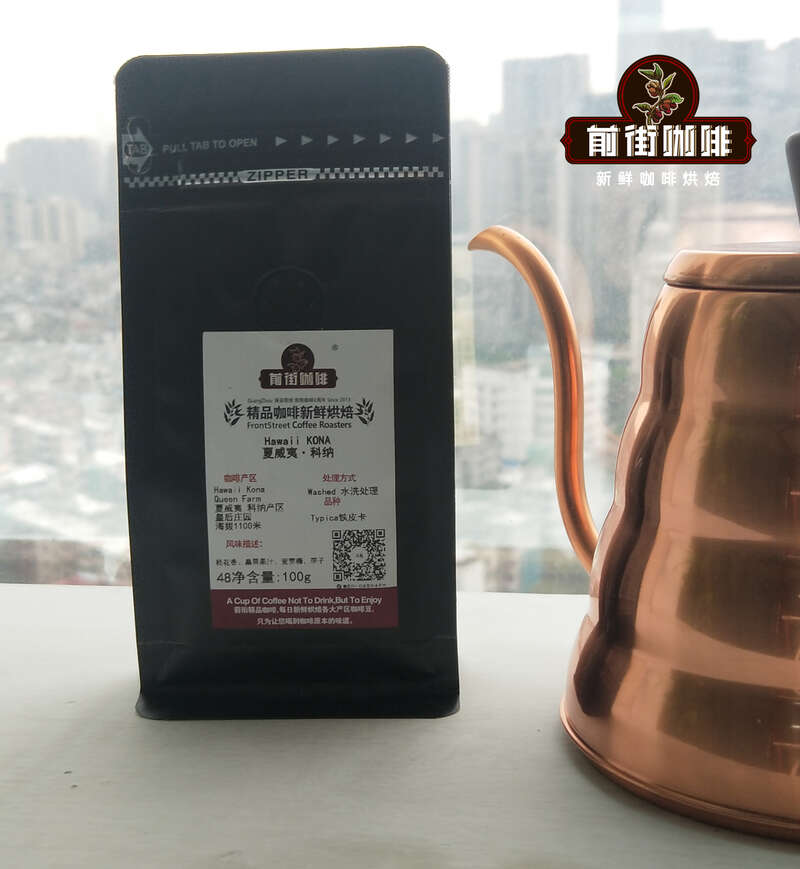
Representative coffee-front street coffee Hawaiian Kona coffee beans
Producing area: Kona, Hawaii
Farm: Queen's Manor
Altitude: 1100m
Variety: iron pickup
Treatment method: washing treatment method
Cooking flavor: walnut, caramel, berry, Brin, plum, nut, cream, clean and rich as a whole.
Java: Java was originally a coffee tree species born in the primeval forests of Ethiopia, collected by local peoples and then spread to Indonesia through Yemen, where it was named Java. It was generally believed that Java was a variety of Tibica, but genetic comparisons revealed that Java was actually a coffee variety Abysinia from Ethiopia.
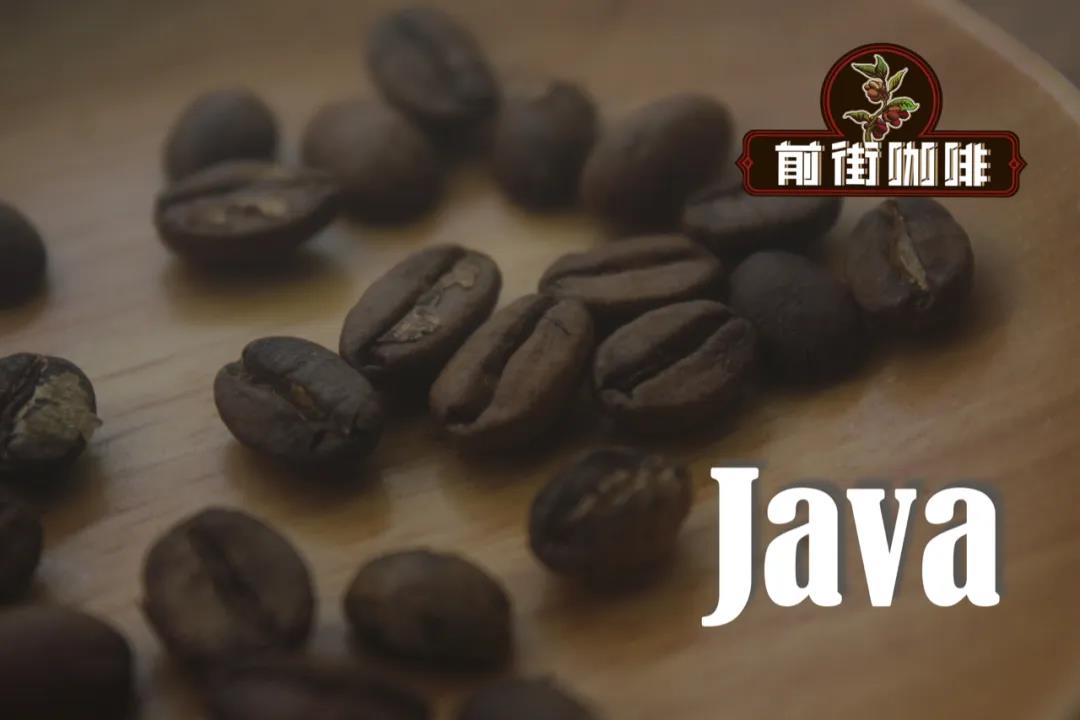
Representative coffee-front street coffee Bolivian Java coffee beans
Coffee producing area: la Paz La Paz
Planting altitude: 1600 m
Coffee variety: Java Java
Treatment method: cocoa sun treatment Coco natural
Elephant beans (.Maragogype): a variety of iron pickups found in Brazil, beans are three times as large as ordinary coffee beans, such as beans yield less fruit, beans are large, and post-processing is troublesome, so there are not many countries to grow. Brazil, Colombia, Guatemala, Nicaragua, El Salvador have a small number of plants.
A relative of Geisha iron pickup: the Geisha variety was discovered in 1931 from the Rosa Forest of Ethiopia. Rosa was then sent to the Coffee Institute in Kenya, introduced to Uganda and Tanzania in 1936, Costa Rica in 1953 and Panama in 1970.
At first, little attention was paid to Rose Summer, until the Panamanian Emerald Manor, also known as Panama Geisha Hacienda La Esmeralda, separated it from other varieties in 2003 and became the champion of the BOP competition in 2004. The rose summer variety officially entered everyone's line of sight.
Although the flavor of Rosa Variety is exquisite, such an elegant flavor comes from a specific planting environment. Rose varieties are very picky about their growing environment and are required to be planted in areas with high altitude, cloudy shade or a large number of shade trees and fertile soil. High-altitude rose summer coffee with obvious floral aroma, delicate and elegant fruit acid, such an elegant flavor is also one of the reasons why it is popular all over the world.
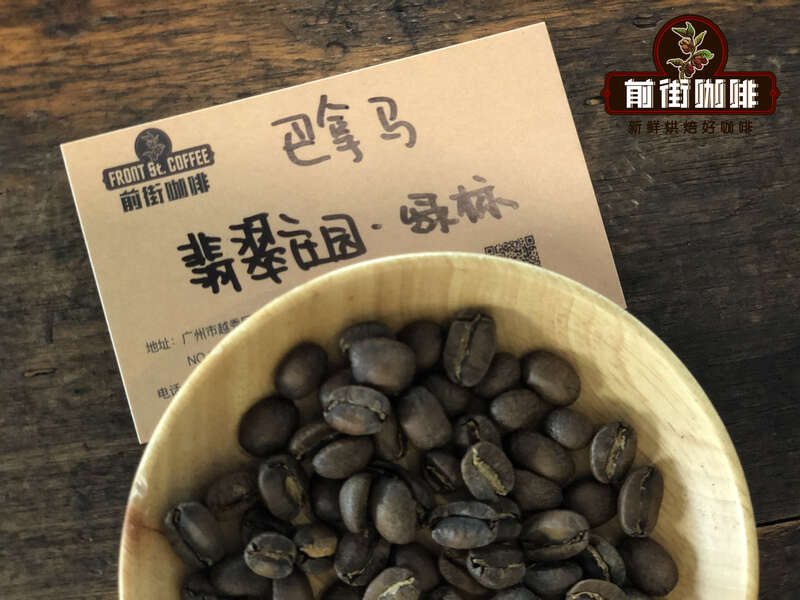
Representative Coffee-- Qianjie Coffee Emerald Manor Green label Coffee beans
Producing area: Bouquete, Panama
Manor: Jade Manor
Altitude: 1600 m-1800 m
Treatment method: washing treatment method
Variety: rose summer seed Geisha
Cooking flavor: imported jasmine fragrance, high sweetness, citrus, berries, juice, cream, green tea, orange peel, cantaloupe, the overall flavor is rich, aftertaste, citrus lasting.
Bourbon (Bourbon)
The mutant variety from Typica, like Typica, is currently the closest to the original species. Bourbon spread from southwestern Ethiopia to Yemen, and the bean shape changed from thin to round. It was named bourbon in 1715 after France transplanted round beans from Yemeni mocha to the island of Bourbon on the east coast of Africa (renamed Reunion after the French Revolution). Bourbon beans spread to Brazil and Central and South America in 1727, and the British transplanted Yemeni mochas to St. Helena Island (where Napoleon was later imprisoned) in 1732. Bourbon is the winner of the American boutique coffee cup test. Bourbon produces 2030% more fruit than Typica.
Bourbon features: complex acidity, sweetness of caramel, balance. Bourbon Bourbon trees are high and prosperous, micro-serrated green leaves are wider, strong coffee beans are smaller and denser, so the appearance of beans is smaller and more round than Typica. The fruits are red, yellow and orange, which vary according to variety and soil texture, and red fruit is the most common. Although the seed set of Bourbon is higher than that of Typica, it can be regarded as a variety with low yield and is easily infected by leaf rust, berry disease and nematode. To produce beans with unique and superior flavor, it is appropriate to grow at an altitude of 1100 to 2200 meters.
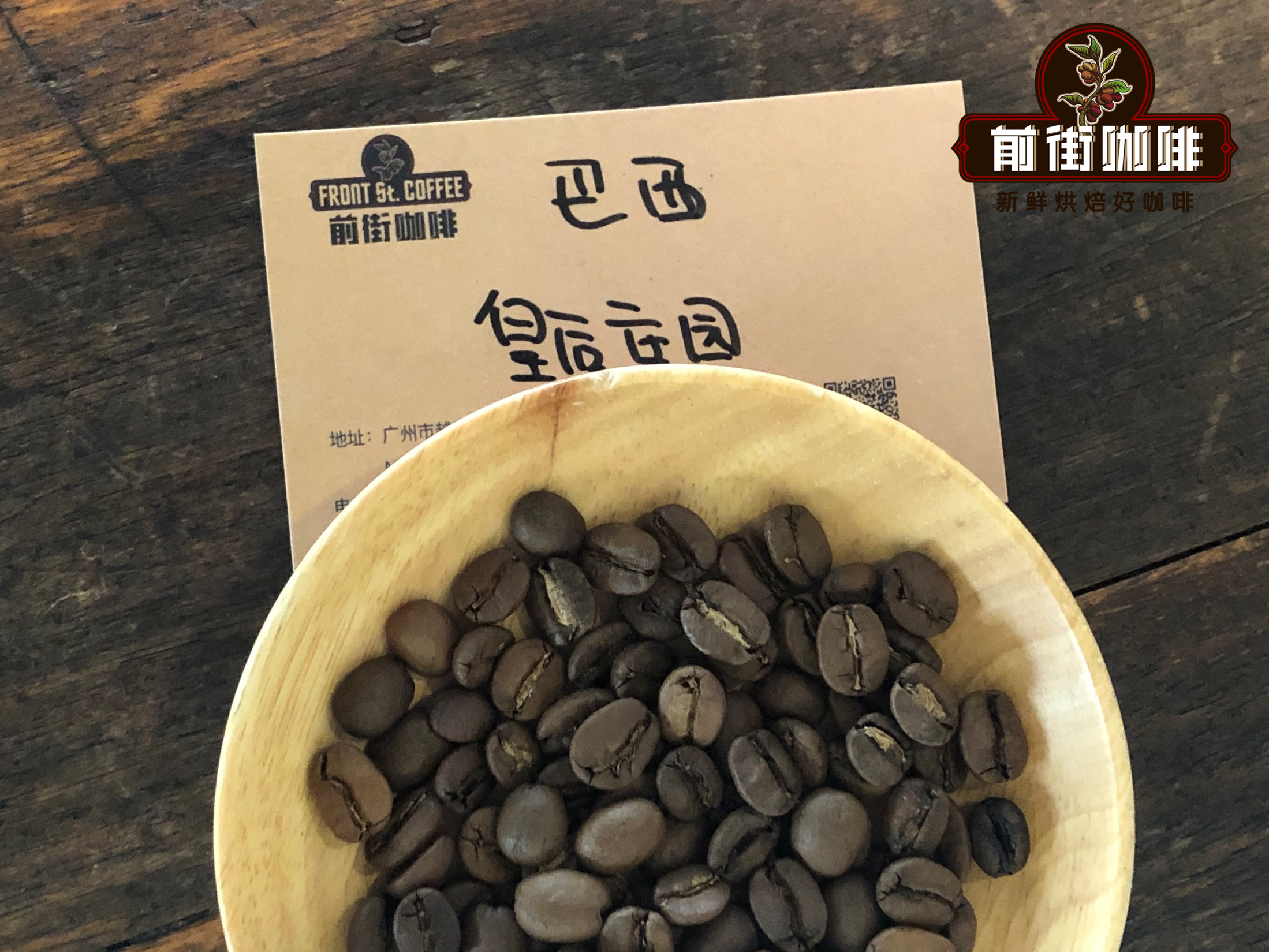
On behalf of coffee beans-- Qianjie Coffee, Brazilian Queen Manor Coffee beans
Producing area: Morgiana
Altitude: 1400Muth1950m
Variety: yellow bourbon
Treatment: sun treatment
Brewing flavor: Sugar cane juice's sweet, black tea, beautiful and smooth fruit sweetness, obvious nutty flavor, balanced and supple acidity, weak and clean bitterness, rich chocolate aroma and nutty flavor, bright and refreshing taste, smooth and delicate taste.
A famous variety of coffee derived from bourbon
Pacas (Pacas): a natural variant of Bourbon, in 1935 El Salvador coffee farmer Don Alberto Pacas selected a high-productivity San Ramon Bourbon variety to be planted on a farm. In 1956, his coffee tree yielded more fruit than the same kind of coffee tree. Professor Dr.William Cogwill of the University of Florida identified this as a genetic mutation in bourbon and named it "Pacas". Pacas high yield and Caturra are classified as dwarf varieties, but high yield, high altitude quality, output accounts for 25% of El Salvador, more wind-resistant than Bourbon, flavor similar to Bourbon, susceptible to most coffee diseases and insects. It is very popular in Central America. 68% of El Salvador is bourbon and 29% of Pacas is bourbon.
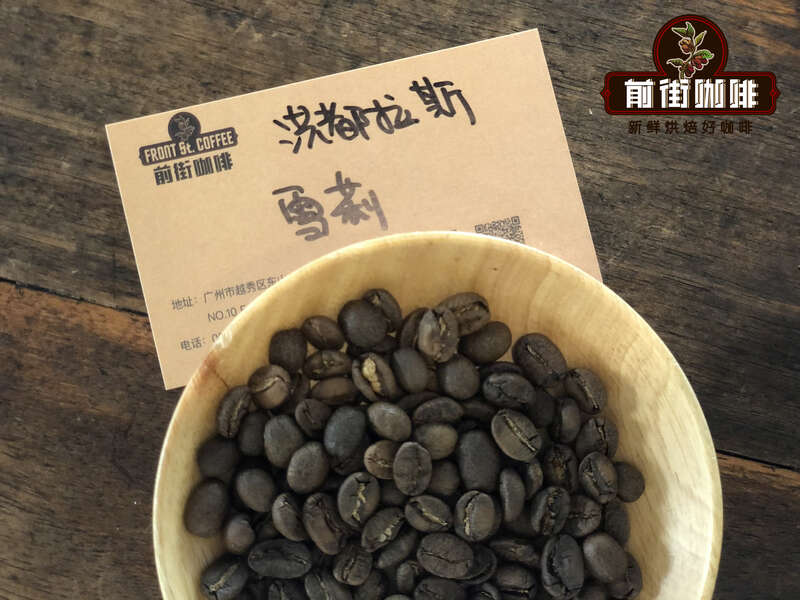
Representative Coffee-Front Street Coffee Honduras Shirley Coffee beans
Producing area: Intibuc á province
City: Masaguara
Manor: Moca Manor
Altitude: 1500mi 1700m
Variety: Kaddura, Kaduai, Pacas
Treatment: fine washed whisky Shirley barrel fermentation
Cooking flavor: the mouth has aromas of vanilla and cream, sour notes of citrus and berries, almonds and dark chocolate in the middle, maple syrup in the end, vanilla in the finish, clear flavor and smooth taste. The flavor is stable from hot to cold, and there is no other miscellaneous flavor.
Pacamara: a large dwarf variety of Pacas Pacas crossed with soya bean Maragogype, with green or bronze leaf tips, appeared in El Salvador in the 1950s, with unique aromas of chocolate and citrus fruit, good cup taste, outstanding flavor, wonderful balance and floral aroma. The highest cup is produced from the highest possible altitude Pacamara. However, the yield is low because it is easy to be infected with leaf rust, berry disease and nematodes, such as Caturra, is mainly produced in El Salvador. The varieties are uneven and vary greatly from generation to generation, and 10-12% of the offspring will return to Pacas. With the aroma of citrus flowers, there are orange-red varieties and purple-red varieties.
New World (Mundo Novo): Mondonopper is a natural hybrid of Sumatra (Typica) and Red Bourbon, native to Brazil, known as the new hope of the Brazilian coffee industry, named New World, and has spread all over the world. The height of the tree is more than three meters, making it difficult to harvest. There is a lack of sweetness on the palate and bitterness in the back. The advantage is that the plant is stronger, able to withstand most diseases, stronger resistance to diseases and insect pests, but the maturity time is longer, is a high-yield variety.
The shape of the bean is round, and the particles of the bean body are larger, with an average of 17 mesh. The areas with 1200-1800ml rainfall above 800m above sea level are growing well and complement the soil and water of Brazil. Brazil was planted wildly after the year of 1975 ○.
Kaddura (Caturra): a natural mutant dwarf variety of Red Bourbon, which is higher than Bourbon. It was first found in Brazil and began commercial cultivation in Minas Gerais, Brazil in 1937. In Central America, Colombia, Costa Rica and Nicaragua performed best. 1500-1700 meters above sea level can produce the best quality and quantity. Kaddura is characterized by bright acidity and low to medium consistency. It has less clarity and sweetness than its parent bourbon, with lemon or citrus acidity on the palate, and less sweetness than Typica and Bourbon in sweetness, because the sweetness of Caturra depends on the number and dose of fertilizer applied by the grower, and it has high production capacity, but continuous fertilization and pruning are necessary to maintain production capacity, so the tree is short and multi-branched and compact. The micro-jagged green leaves are relatively wide, although the production capacity is increased, but the yield is still limited because of the high cost of harvest and care and being easily infected by leaf rust, berry disease and nematodes. Citric acid and mild sweetness.
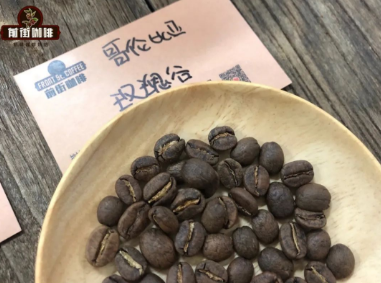
Representative coffee-front street coffee Columbia Rose Valley coffee beans
Manor: Columbia Tree Manor
Producing area: Santander producing area
Treatment: anaerobic double enzyme washing
Altitude: 1700m
Variety: Kaddura
Brewing flavor: amazing peach characteristics, accompanied by rose and wine chocolate aromas, fragrant, the entrance is like drinking peach juice. It not only has the sweet and sour taste of black grapes, but also has the silky taste of cream taffy.
Catuai: Kaduai is a hybrid of New World and Kaddura. It inherits the advantage of Kaddura's low stature and makes up for the weakness of Arabica fruit. The result is solid, and it is not easy to fall when the strong wind blows. The biggest regret is that its overall flavor is slightly more monotonous than Kadura. Kaduai also has the difference between red fruit and yellow fruit, and red fruit wins more often than yellow fruit. Kaduai, Kaddura, New World and bourbon are the four main varieties of coffee in Brazil. Catuai soft and mellow, the throat feels like soft water, the finish is delicate, orange sweet, tropical fruit, raspberry, maple syrup sweet, juicy, light wine, white balsam pear, baked biscuit aroma, caramel, vanilla, finish elegant and meticulous, long and multi-layered taste.
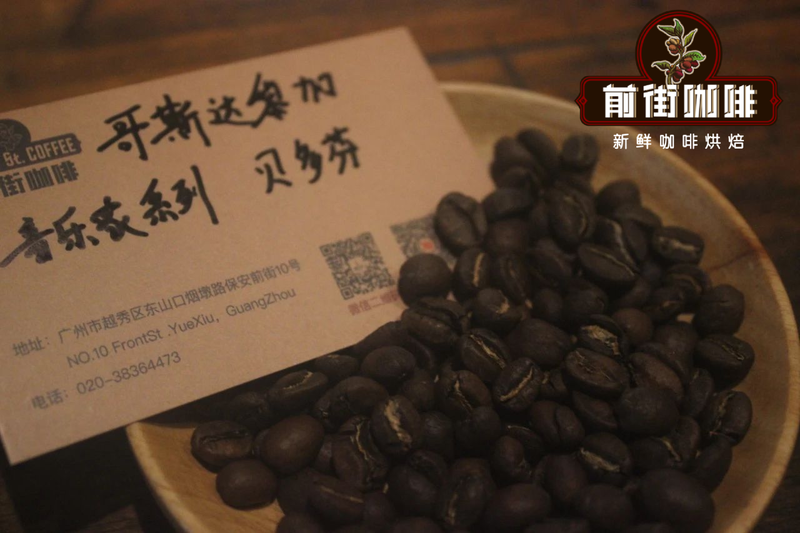
Representative Coffee-Front Street Coffee Costa Beethoven Coffee beans
Producing area: Tarazhu (Tarrazu)
Variety: Huang Kaduai (Yellow Catuai)
Altitude: 1900m
Treatment method: washing treatment method
Cooking flavor: the entrance is complex floral and fermented sauce, with raisins and dried fruit-like sweetness, with sour notes of carambola and berries, sucrose back to sweet.
SL28 & SL34:SL, Kenya, represents Scott Labs,Scott Laboratories, Scott Lab. According to botanists in SL laboratory, SL28 and SL34 are genetic variants. Among them, SL28 has a mixed pedigree of French missionaries, mochas and Yemens Tibica. The goal of cultivating SL28 was to mass produce coffee beans with high quality and resistance to diseases and insect pests. Although the yield of SL28 was not as high as expected the copper leaf color and broad bean-shaped beans have great sweetness balance and complex flavor as well as significant citrus and black plum characteristics. SL34 is similar to SL28 in flavor, with a heavier, fuller and cleaner finish than SL28, except for its complex acidity and great sweetness. SL34 has French missionaries, bourbon, and more Tibica ancestry. Dou looks similar to SL28, but is more adaptable to sudden heavy rain. It is these two important varieties that lead us to the unique Kenyan style: strong acidity, rich taste and beautiful balance.
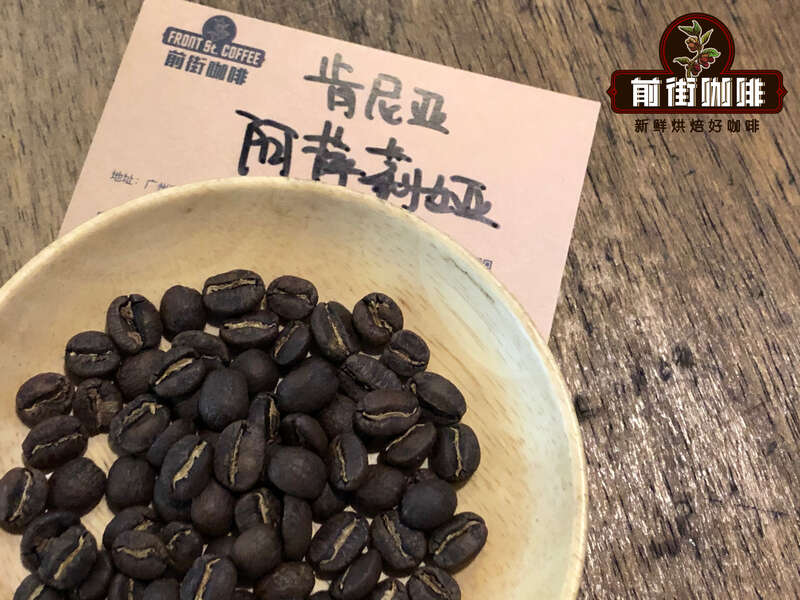
Representative Coffee-Front Street Coffee Kenya Azaria Coffee beans
Producing area: Sika Thika, Kenya
Processing plant: Asali honey processing plant
Altitude: 1550-1750 m
Rating: AA TOP
Variety: SL28,SL34
Treatment: 72-hour washing in Kenya
Brewing flavor: wet fragrance with ripe tomato and flower aromas, imported virgin fruit and black plum flavor, bright acidity, clean and rich taste, outstanding sweetness in the middle, fruit juice, raspberry and yellow sugar on the finish, and green tea aroma.
Important Notice :
前街咖啡 FrontStreet Coffee has moved to new addredd:
FrontStreet Coffee Address: 315,Donghua East Road,GuangZhou
Tel:020 38364473
- Prev
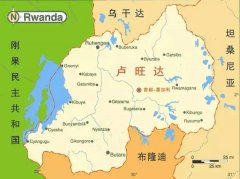
Coffee flavor differences between Rwanda and Tanzania coffee beans in Africa
When it comes to coffee producing areas in Africa, I believe the first thing you can think of is Ethiopia and Kenya. In fact, in Africa, there are two countries with less famous names that grow good coffee in Rwanda and Tanzania. This time, Qianjie will compare the coffee beans of the two countries to see why Qianjie chose the coffee beans of these two countries. Rwanda is located in Africa
- Next
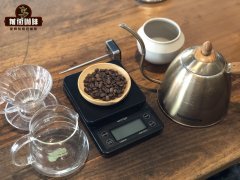
Hand brewing coffee step v60 filter cup hand brewing coffee step & hand brewing coffee precautions
Many people who came to the Qianjie cafe rushed into the door and sat in front of the bar and complained bitterly about why the hand was so difficult, why I couldn't make well, and why I brewed sour coffee so hard. In fact, it is not difficult to make coffee by hand! This time Qianjie Coffee will tell you about the steps and elements of hand-made coffee, quickly collect it or take a notebook to write it down. First of all, we need to prepare fresh coffee.
Related
- Beginners will see the "Coffee pull flower" guide!
- What is the difference between ice blog purified milk and ordinary milk coffee?
- Why is the Philippines the largest producer of crops in Liberia?
- For coffee extraction, should the fine powder be retained?
- How does extracted espresso fill pressed powder? How much strength does it take to press the powder?
- How to make jasmine cold extract coffee? Is the jasmine + latte good?
- Will this little toy really make the coffee taste better? How does Lily Drip affect coffee extraction?
- Will the action of slapping the filter cup also affect coffee extraction?
- What's the difference between powder-to-water ratio and powder-to-liquid ratio?
- What is the Ethiopian local species? What does it have to do with Heirloom native species?

